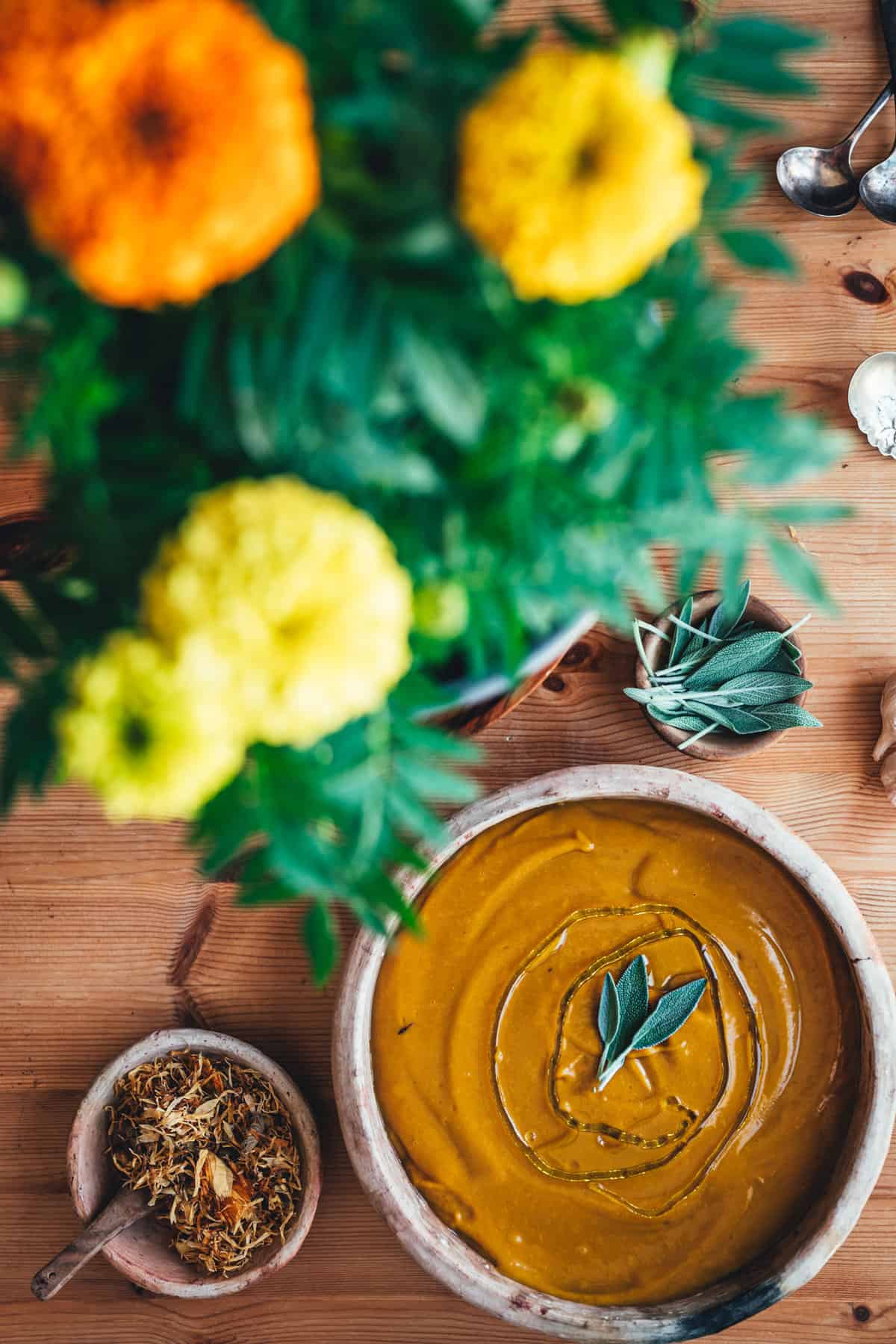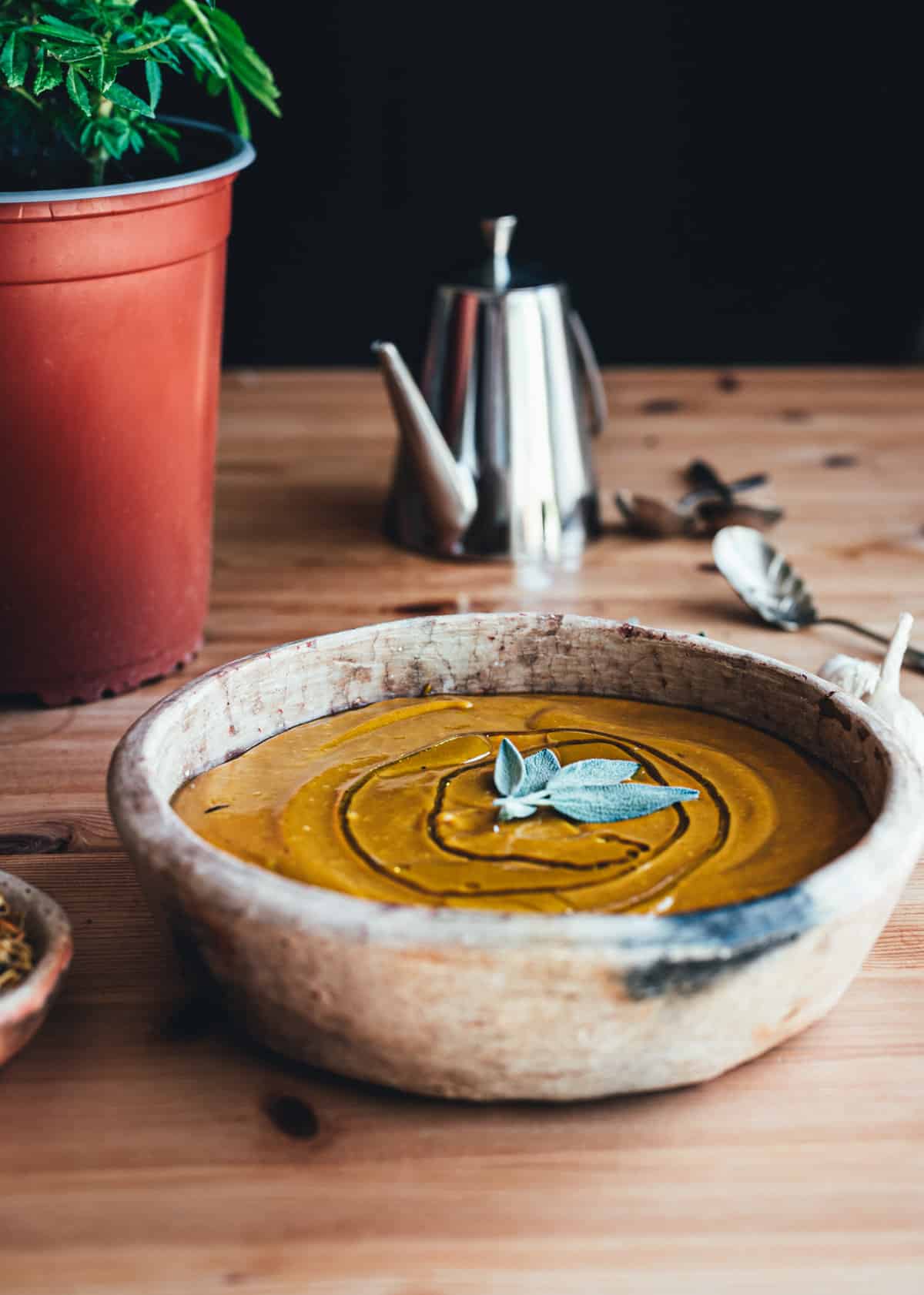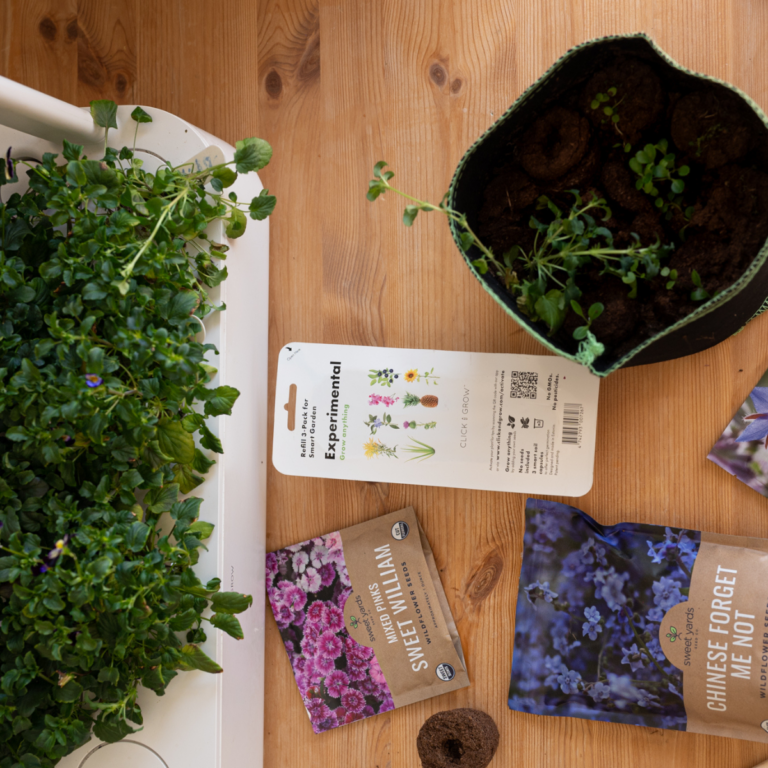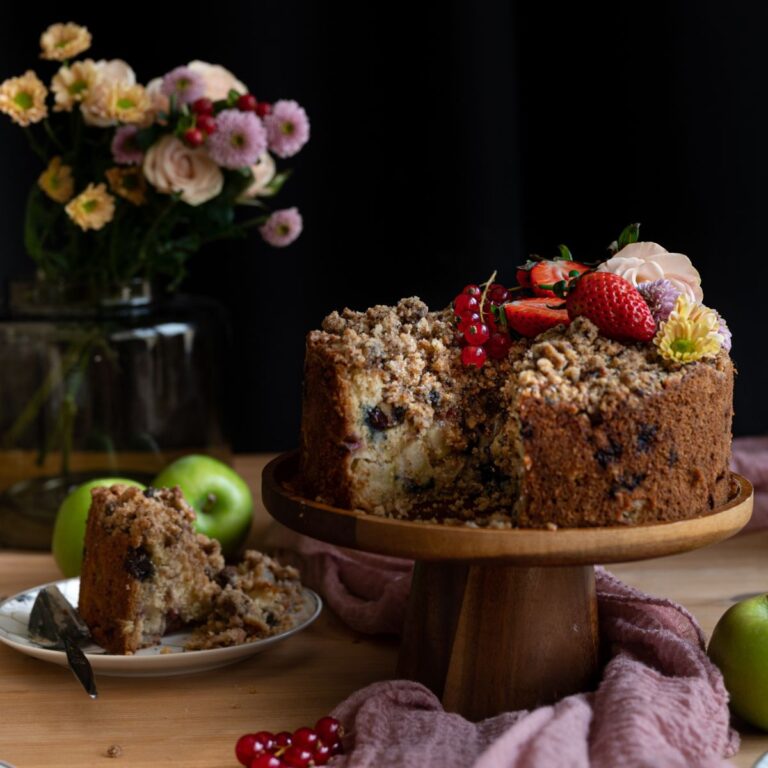Roasted Butternut Squash and Marigold Soup
Adding vibrant marigolds into our creamy vitamin C rich soups it's one of my favorite things to do! Marigold is rich in Carotenes and Carotenoids – the two compounds responsible for the flower's vibrant yellow colour and many medicinal properties. These compounds also serve as precursors for the production of Vitamin A.
Marigolds are annuals that come in a wide range of vibrant colors, including yellow, orange, red, and white. Their slightly bitter flavor pairs well with salads, vegetables, grains, and legumes.

Whenever I make soups and broths in the winter, I love to add healthy herbs and flowers for their health benefits. See our herbal bone broth to see how we make the most out of our bone broth. It's also such a joy to roast our pumpkins and squash and turn them into something magnificent. You already know I love adding them into my baked goods, like Brown sugar butternut squash blondie, or Butternut Squash Cake With Brown Sugar Buttercream.
How to roast your veggies for this soup
Before we go any further, it's important to note that this recipe uses fresh roasted vegetables. By roasting the squash, you greatly increase the depth of flavor, and importantly - you eliminate the need to dice hard butternut squash. You simply slice it in half, roast it - and
- Preheat oven to 400 degrees C or 204 degrees F.
- Slice the ends of your squash on both sides.
- Slice your squash down the middle.
- Use a spoon to scoop the seeds and membrane out.
- Place butternut squash halves on a large baking sheet flesh side up. Place 1 teaspoon butter (or drizzle with olive oil) in the middle of each squash. Season with salt and black pepper.
- Roast for 30 minutes, then remove from the oven and add a large onion, peeled and sliced into quarters on your baking sheet. You'll also add a clove of garlic.
- Continue roasting for another 20-30 minutes, until your squash is fork-tender.

Materia Medica:
Part Used:
Flower/petals; leaves (per Jack Ritchason N.D.)
Actions/ Properties:
Alterative, analgesic, anti-inflammatory, antiseptic, astringent, bitter, cholagogue, dep- urative, diaphoretic, diuretic, emmenagogue, hemostatic, stimulant, styptic, vermifuge, vulnerary
Energetics:
Cooling, drying, constricting
Common Uses:
Clears congestion, dries dampness, promotes the healing of tissue, curbs infection, clears toxins and inflammation






